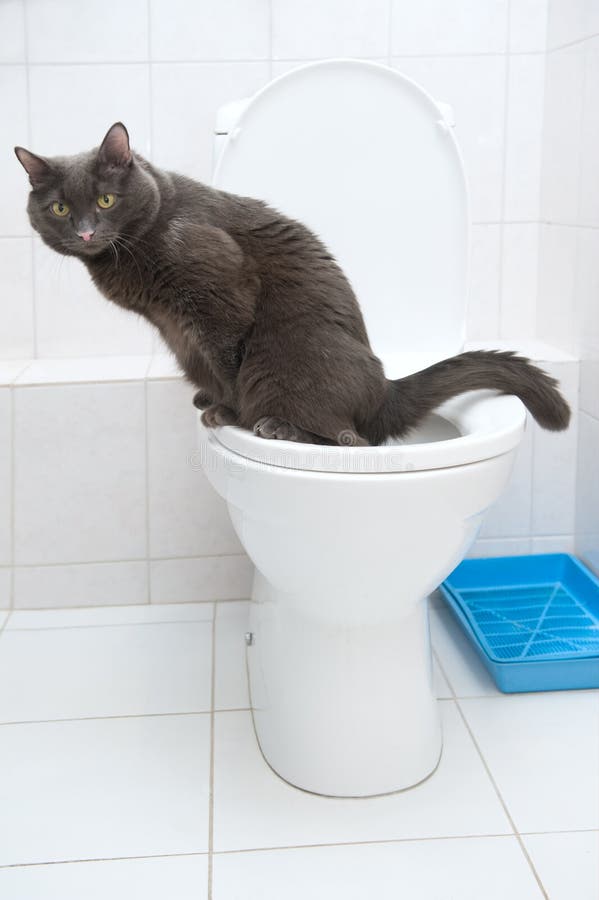Prevent Clogs and Damage: Never Flush Cat Poop Down Your Toilet - Professional Recommendations
Prevent Clogs and Damage: Never Flush Cat Poop Down Your Toilet - Professional Recommendations
Blog Article
We've come across the article about How to Dispose of Cat Poop and Litter Without Plastic Bags below on the internet and accepted it made sense to talk about it with you in this article.

Intro
As cat proprietors, it's necessary to bear in mind exactly how we deal with our feline close friends' waste. While it may appear convenient to purge cat poop down the bathroom, this technique can have harmful effects for both the environment and human wellness.
Alternatives to Flushing
Luckily, there are safer and much more accountable ways to throw away feline poop. Consider the adhering to alternatives:
1. Scoop and Dispose in Trash
One of the most usual method of throwing away feline poop is to scoop it right into an eco-friendly bag and toss it in the garbage. Be sure to make use of a dedicated litter inside story and dispose of the waste promptly.
2. Use Biodegradable Litter
Opt for naturally degradable feline clutter made from products such as corn or wheat. These litters are environmentally friendly and can be safely disposed of in the trash.
3. Hide in the Yard
If you have a lawn, consider hiding cat waste in a designated location away from veggie yards and water resources. Make certain to dig deep enough to avoid contamination of groundwater.
4. Mount a Pet Waste Disposal System
Invest in a pet waste disposal system particularly created for pet cat waste. These systems make use of enzymes to break down the waste, lowering smell and ecological impact.
Health and wellness Risks
In addition to environmental concerns, flushing pet cat waste can also present health dangers to human beings. Cat feces might have Toxoplasma gondii, a parasite that can trigger toxoplasmosis-- a possibly severe disease, especially for expectant women and individuals with weakened immune systems.
Environmental Impact
Flushing feline poop presents dangerous virus and parasites into the supply of water, posturing a significant risk to aquatic ecosystems. These pollutants can adversely influence marine life and concession water quality.
Conclusion
Responsible family pet possession expands beyond providing food and sanctuary-- it also includes correct waste management. By avoiding purging feline poop down the bathroom and choosing alternative disposal approaches, we can decrease our environmental footprint and shield human wellness.
Why Can’t I Flush Cat Poop?
It Spreads a Parasite
Cats are frequently infected with a parasite called toxoplasma gondii. The parasite causes an infection called toxoplasmosis. It is usually harmless to cats. The parasite only uses cat poop as a host for its eggs. Otherwise, the cat’s immune system usually keeps the infection at low enough levels to maintain its own health. But it does not stop the develop of eggs. These eggs are tiny and surprisingly tough. They may survive for a year before they begin to grow. But that’s the problem.
Our wastewater system is not designed to deal with toxoplasmosis eggs. Instead, most eggs will flush from your toilet into sewers and wastewater management plants. After the sewage is treated for many other harmful things in it, it is typically released into local rivers, lakes, or oceans. Here, the toxoplasmosis eggs can find new hosts, including starfish, crabs, otters, and many other wildlife. For many, this is a significant risk to their health. Toxoplasmosis can also end up infecting water sources that are important for agriculture, which means our deer, pigs, and sheep can get infected too.
Is There Risk to Humans?
There can be a risk to human life from flushing cat poop down the toilet. If you do so, the parasites from your cat’s poop can end up in shellfish, game animals, or livestock. If this meat is then served raw or undercooked, the people who eat it can get sick.
In fact, according to the CDC, 40 million people in the United States are infected with toxoplasma gondii. They get it from exposure to infected seafood, or from some kind of cat poop contamination, like drinking from a stream that is contaminated or touching anything that has come into contact with cat poop. That includes just cleaning a cat litter box.
Most people who get infected with these parasites will not develop any symptoms. However, for pregnant women or for those with compromised immune systems, the parasite can cause severe health problems.
How to Handle Cat Poop
The best way to handle cat poop is actually to clean the box more often. The eggs that the parasite sheds will not become active until one to five days after the cat poops. That means that if you clean daily, you’re much less likely to come into direct contact with infectious eggs.
That said, always dispose of cat poop in the garbage and not down the toilet. Wash your hands before and after you clean the litter box, and bring the bag of poop right outside to your garbage bins.
https://trenchlesssolutionsusa.com/why-cant-i-flush-cat-poop/

I stumbled upon that review on Can You Flush Cat Poop Down The Toilet? while doing a lookup on the web. Sharing is good. Helping people is fun. Thanks so much for your time spent reading it.
Check This Out Report this page